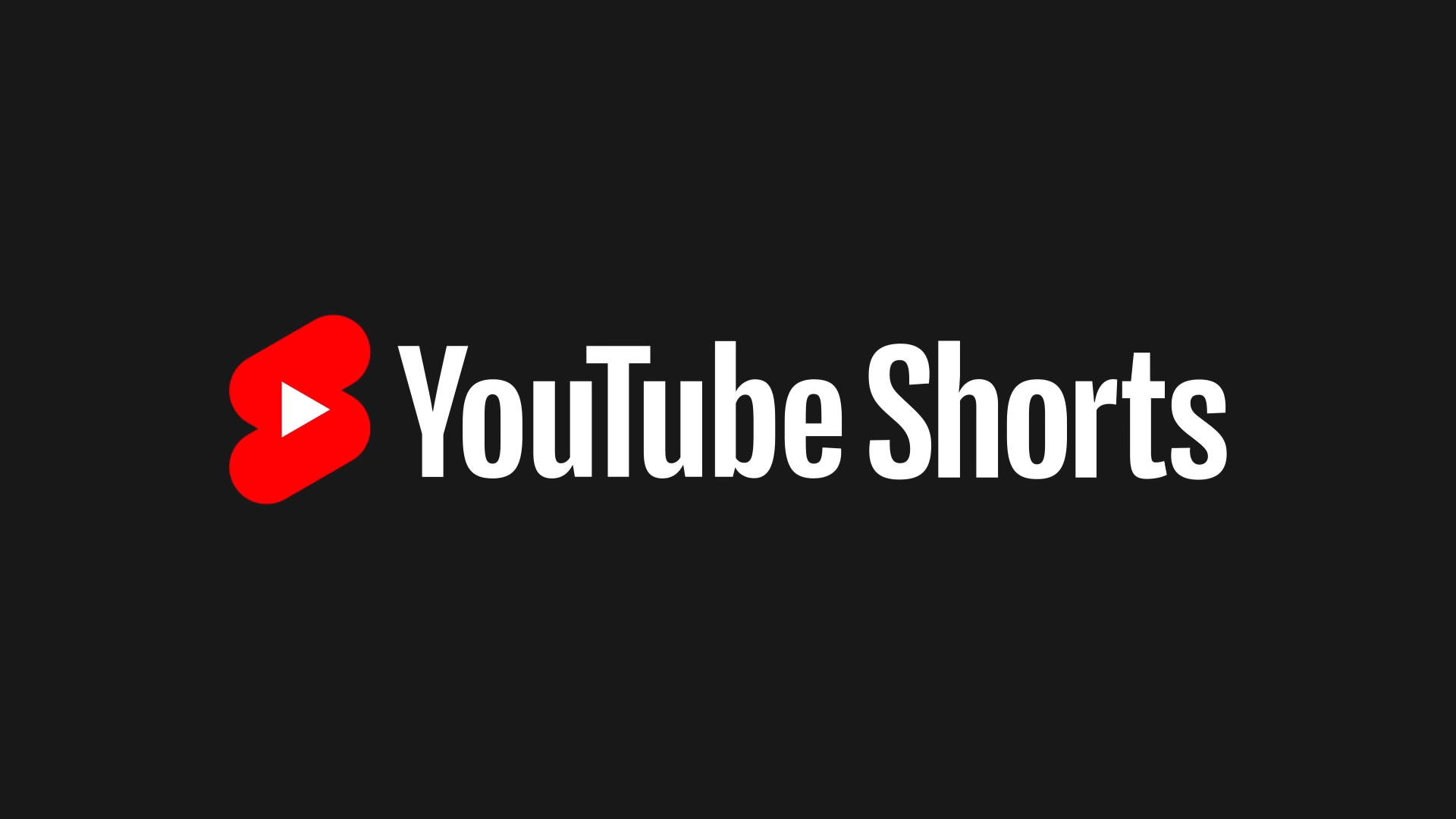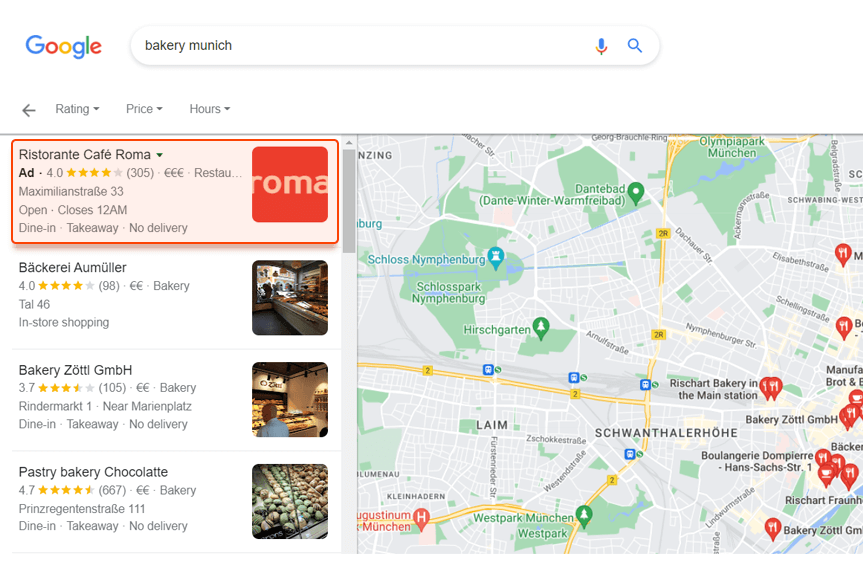Scale And Strategy
This is Scale And Strategy, the newsletter that keeps you stable when markets are choppy!
Here’s what we got for you today:
- Claude for Education
- Why Contextual Advertising Matters in YouTube Shorts
- FYI: Website Content Doesn’t Help Your Google Maps Rankings
Claude for Education
Anthropic just launched Claude for Education—a version of its AI chatbot built specifically for universities and a clear response to OpenAI’s ChatGPT Edu.
It’s designed for students, faculty, and staff alike.
The standout feature? Learning Mode. Instead of simply spitting out answers, Claude encourages critical thinking by asking follow-up questions, breaking down complex ideas, and offering templates for outlines, essays, and study guides.
But it’s not just for coursework—Claude also helps with admin. University staff can use it to monitor enrollment trends, automate responses to common student questions, and streamline day-to-day workflows.
It’s already live at schools like the London School of Economics, Northeastern University, and Champlain College.
Key highlights:
- Learning Mode helps students think deeper—not just faster.
- Dual purpose: academic support and administrative assistance.
- Campus-wide deals are driving adoption across universities.
Why now?
Because students are already using AI—a lot. A 2024 survey shows 54% of students use generative AI tools weekly. Anthropic is meeting that demand by partnering with Canvas (by Instructure) and Internet2, plus launching student ambassador and AI builder programs.
This move strengthens Anthropic’s presence in higher ed, with tools that serve both the classroom and the back office.
At this point, we’re one group project away from Claude handling everything.
Why Contextual Advertising Matters in YouTube Shorts
The reality? Most viewers scroll past ads in seconds. So if you want to break through, contextual advertising isn’t optional—it’s essential. As Atul Naithani puts it, it’s the key to making YouTube Shorts ads actually work.
The challenge:
- Tiny attention spans: With a 60-second max runtime, you’ve got milliseconds to hook someone.
- Constantly shifting interests: If your ad feels even slightly off-topic, viewers tune out—or worse, get annoyed.
- Fewer targeting tools: Shorts don’t have the same audience precision as long-form YouTube videos, making it harder to reach the right people.
Enter: Contextual advertising.
Instead of targeting users, this approach targets the content itself. Contextual ads are placed alongside videos with similar themes, tones, and visual styles—so your message fits naturally into the viewer’s experience.
Real-world win:
During the holidays, a chocolate brand leaned into festive food content. By running ads next to seasonally relevant Shorts, they saw:
- +30% engagement
- Higher brand recall
- A measurable lift in purchase intent
The bottom line:
Contextual targeting means better alignment, better performance, and a smoother viewing experience. It’s not just about reaching more people—it’s about reaching the right people at the right moment.
If you’re running YouTube Shorts ads, this is your signal to give contextual a serious shot.
FYI: Website Content Doesn’t Help Your Google Maps Rankings
If you’re stuffing your website with keywords hoping to climb the Google Maps rankings… hate to break it to you, but that strategy won’t get you far.
Chris Silver Smith recently cleared up this common misconception—and it’s something every local business should understand.
The Myth: Blogging helps your Maps visibility
When Google Maps first gained traction, SEO folks jumped on blogging and content marketing, assuming it would boost visibility in Maps.
Spoiler: It doesn’t.
Unless the content is part of your Google Business Profile (GBP), it won’t influence your Maps ranking.
The Test: Web content vs. Maps
Chris ran an experiment:
He built a webpage optimized for a made-up keyword.
The result? The page ranked in Google Search… but didn’t appear in Google Maps.
Conclusion: Web content ≠ better Maps rankings.
What does work?
Google Maps rankings rely heavily on the details in your GBP, not your website copy. Even building dozens of “location pages” for every service area won’t help—and could even trigger spam filters.
So, what should you do?
Focus your energy on your Google Business Profile:
- Write a clear, keyword-relevant business description.
- Choose the right categories to expand your visibility.
- Add detailed product/service listings with specific keywords.
As Google says:
“Add complete and detailed business information to help Google better understand your business and match your profile to relevant searches.”
Bottom line:
Yes, your website helps with organic local search. But when it comes to Google Maps visibility, your GBP is the main player.
Focus there, and skip the blog-for-Maps strategy—it’s a waste of time (and budget).
Thank you for reading the newsletter all the way through; it really means a lot to the team and me! If you want to support us, please check out our partners and show them some love. Thanks!
Was this email forwarded to you?
That’s it for today and as always It would mean the world to us if you help us grow and share this newsletter with other operators.
Our mission is to help as many business operators as possible, and we would love for you to help us with that mission!


